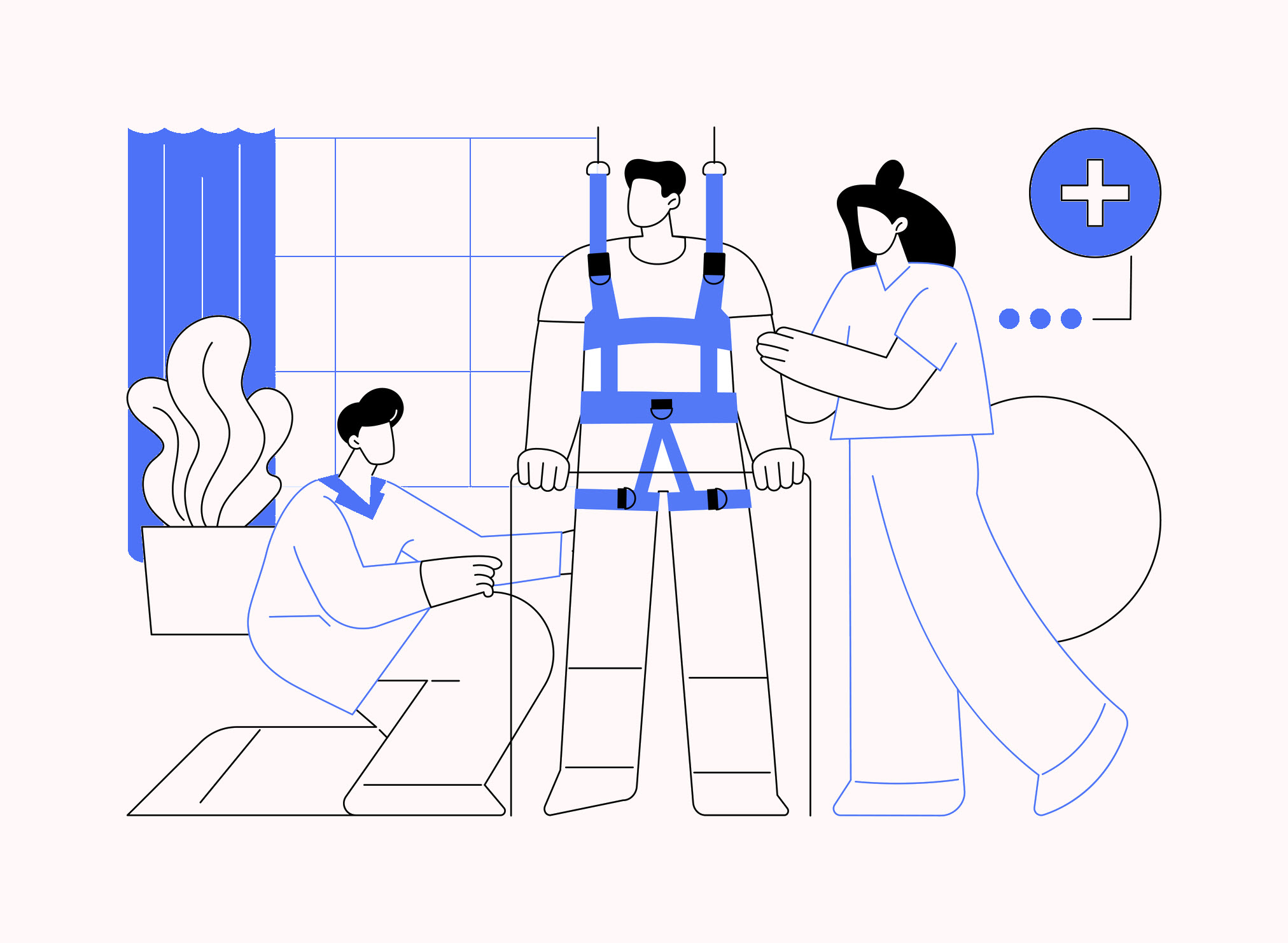2024’s Auto Liability Trends: Are We Spinning Our Wheels?
While many of the trends impacting the commercial auto liability market are expected to remain consistent, their associated costs may increase further. We dig into what’s ahead for 2024.
January 13, 2024

Last year, we identified a few of the top trends impacting the commercial auto liability market, including the impact of nuclear verdicts, vehicle repairs and limited rental availability, and rising medical inflation. Since then, our experts have closely monitored any changes, with relatively low expectations for any progress in the coming year.
Rich Magold, Commercial Auto Product Manager, and Ariel Jenkins, Assistant Vice President – Risk Services at Safety National, detail the evolution of last year’s effects and what to expect in the year ahead.
How have last year’s trends changed?
Nuclear verdicts have worsened, with insurers still attempting to outpace losses with premium increases and tighter terms, but reigning it in has proved extremely difficult. These jury awards are inflated far beyond indemnity and are now often backed by third-party litigation funding. In fact, according to the Institute for Legal Reform, private funders in the U.S. manage over $9 billion for commercial case investments.
Vehicle repairs are facing extended delays with continued supply chain issues and a severe shortage of qualified mechanics. With interest in trade fields still in decline, this issue is likely to worsen in the coming year.
Rising wages, high inflation, and a continued workforce shortage have driven increased medical costs. Historical inflation is also heavily impacting pharmaceutical costs. Medical cost trends have only increased since our last report, and that is likely to remain unchanged throughout 2024.
What will it take to see progress?
There has been a push for disclosure in cases where third-party litigation funding is involved. Making this information mainstream knowledge could lead to lower payouts if the general public is aware who may be funding the case. As noted in last year’s trends, the commercial auto industry is attempting to curb these verdicts through lobbying for award caps, regulation, and limits on litigation funding. Bipartisan legislation has also been introduced to protect U.S. courts from foreign investors, which could pose a significant security risk.
Collision repair specialists are finding alternatives due to consistent supply chain delays, increasing parts costs, and expensive technology. Assessing repairs versus replacements and building as much inventory as possible may help delay a persistent backlog of requests. The shortage of trade mechanics, though, requires more effort from our education system to attract talent. These careers are in high demand, paying more than ever before and offering endless training. Early exposure to this choice could help build the workforce.
Deflating medical costs relies on economic stability, particularly declining inflation. While costly, advances in medicine and surgical procedures prove invaluable to accident survivability. Organizations should focus on accident prevention since many of these associated costs will continue to trend up. Telematics are still a great option; they can be used to curb distracted driving and provide useful feedback on driver behaviors in conjunction with training. While more new vehicles come equipped with crash avoidance technology, after-market products like on-board cameras, phone applications, dongles, and other auto safety technologies, can all be added to existing fleets.

























